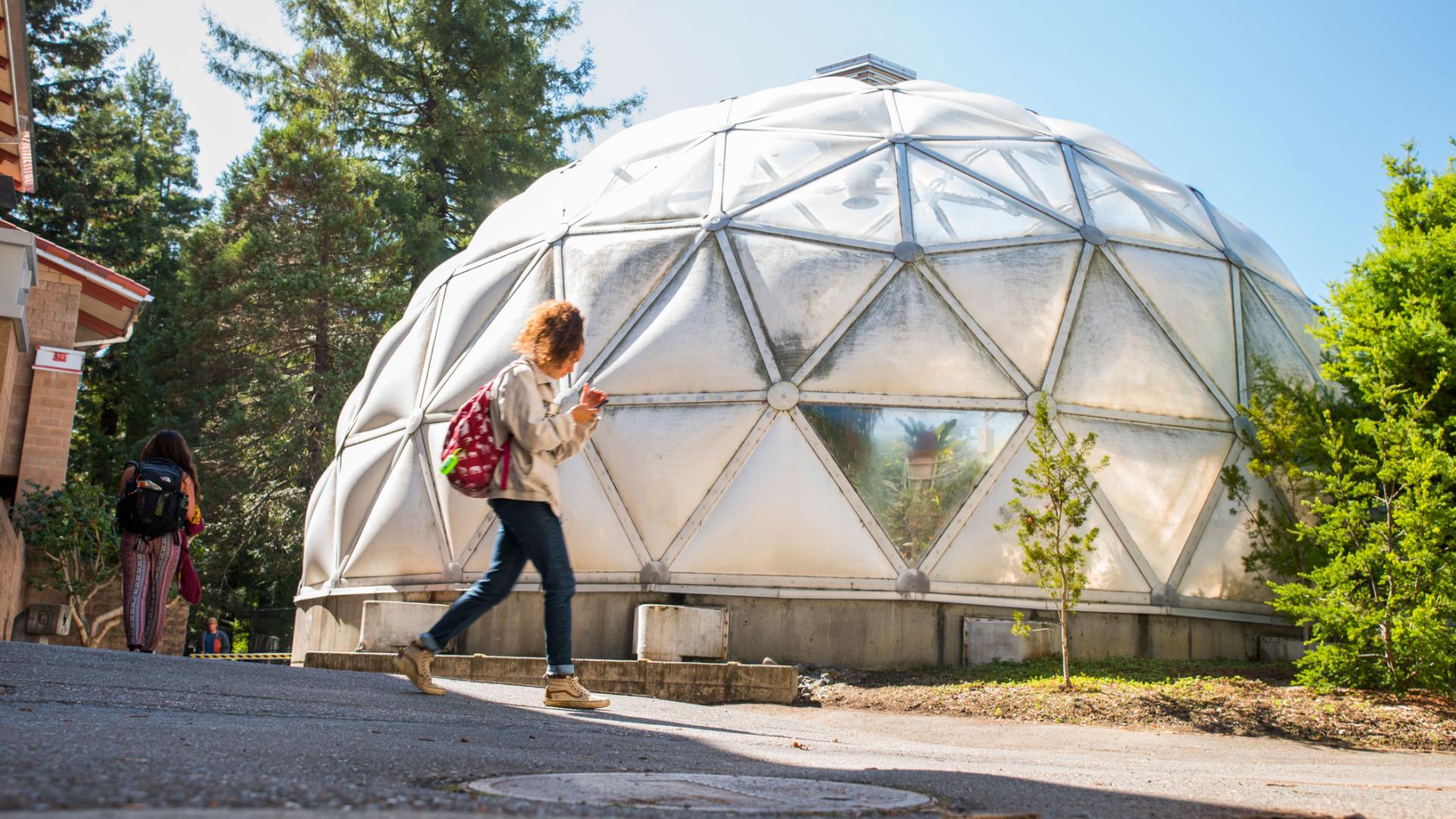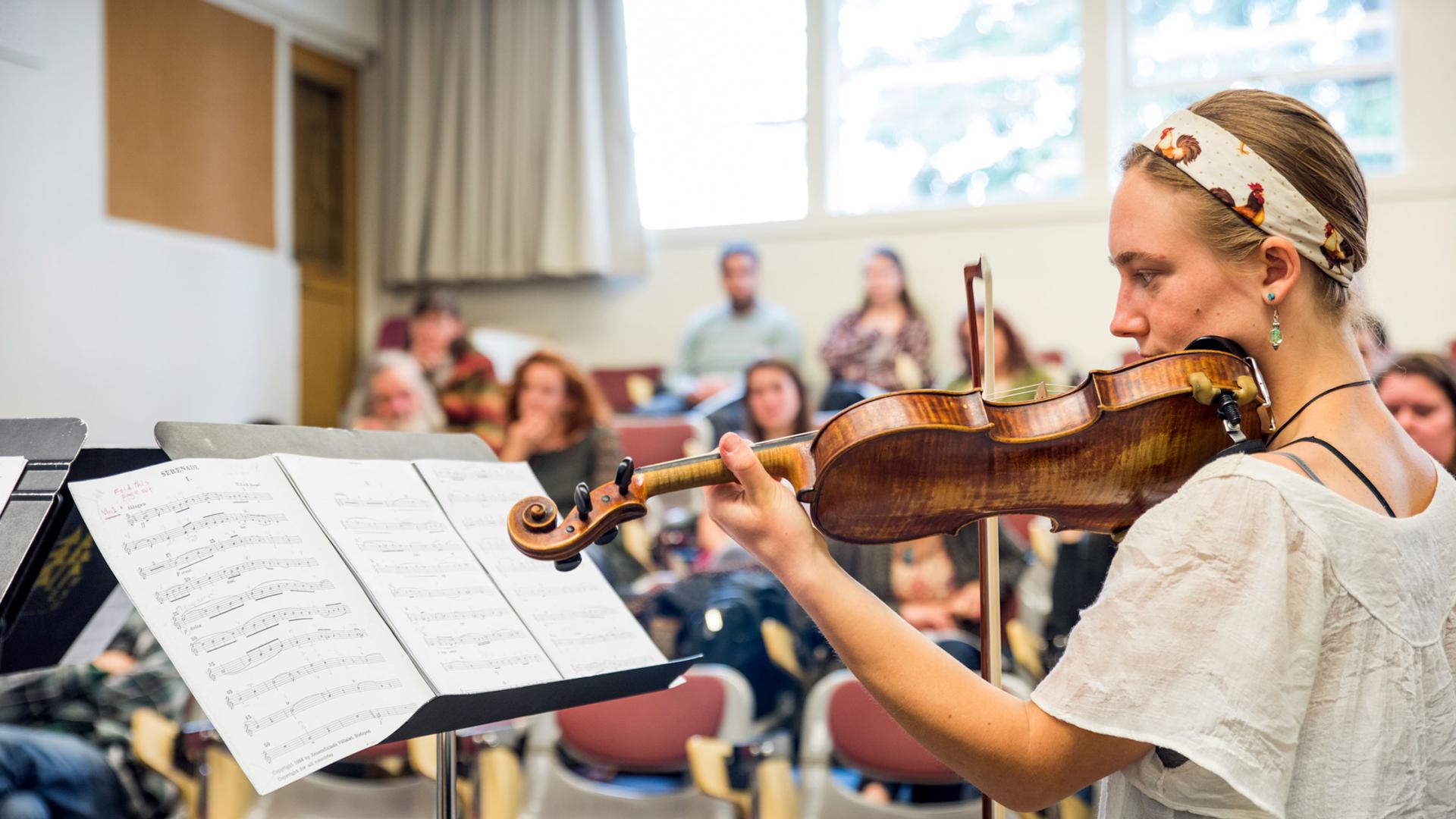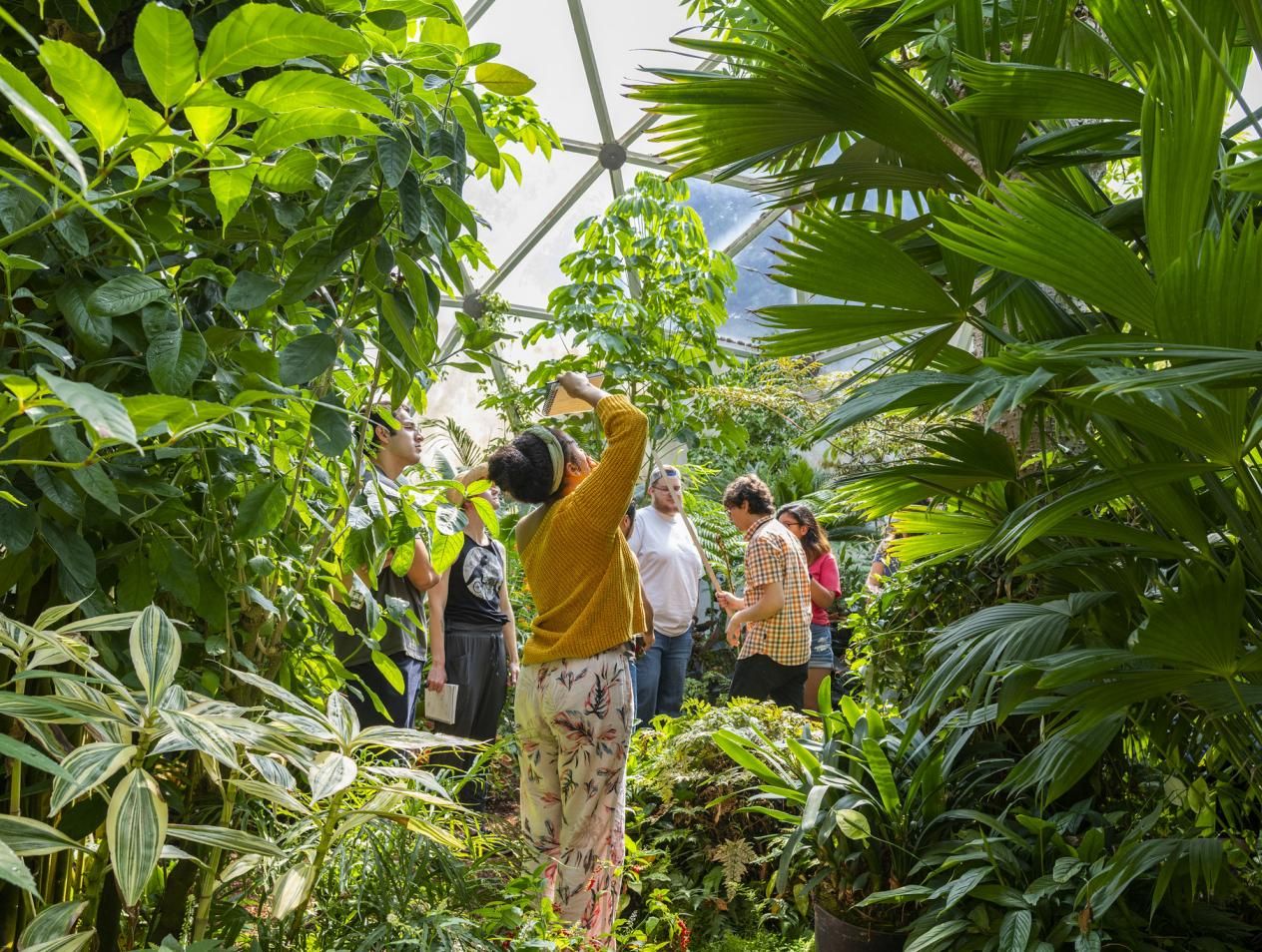Breadcrumb
Achievements
Find out what our students, faculty, and staff are being recognized for.
Catalina Cuellar-Gempeler
Biological Sciences
Professor Catalina Cuellar-Gempeler's BIOL 412 General Microbiology class has published another successful volume of the Humboldt Journal of Microbiology, accessible at https://digitalcommons.humboldt.edu/hjm/. Congratulations to student authors Natalie S. Kozlowski, Leighanna Jake, Theo P. Murphy, Eve Wendley, Justice Laskowski, Tyler Paredes, Quigley D. Espinola, Scarlet Renner, Curtis Cline, Sophia Lopez-Orenday, Alex Yasumatsu, Mariska M. Kessler, Jocelyn Wolfinger, Destiny S. Alcaraz, Isabella N. Cerrone, Brooke Pirkle, Danielle Williamson, Gianna Vendrell, Chloe Kraft, Ryan A. Solorzano, Justin Paulin, Grayson Prater, Michael Lanier, Noah S. Schuhmann, Andrew McLaughlin, and Julian Barreran.
Ismael Chowdhury & Dana Johnstun
Biological Sciences
Two graduate students from Dr. Sean Craig's lab in Biology have won awards at the International Bryozoology Association (IBA) meeting in Tokyo, Japan! Current student Dana Johnstun won an "outstanding presentation" award, while former student Ismael Chowdhury won a "travel award" to go to the meeting and give 2 presentations. Both students will publish their work in the Conference Proceedings (along with 1 additional former student from Sean Craig's lab, Sheena Stephens-Norton)
Justin Harden
Biological Sciences
Justin Harden, a graduate student in the Chin Lab, has been named a USDA-ARS NextGen Fellow.
Pedro Peloso
Biological Sciences
Biological Sciences faculty Dr. Pedro Peloso was a senior author on a new paper addressing long-standing confusion in the naming of a group of South American tree frogs (genus Boana, family Hylidae). The study was led by Gisele Cassundé, one of Peloso’s former students from Brazil. Using a combination of genetic and anatomical data, along with an extensive review of literature spanning two centuries, the authors resolved a complex taxonomic puzzle—clarifying species identities and providing a foundation for the description of several new species. The paper was published in the journal Zootaxa.
Reference: Cassundé, G. F., M. J. Sturaro, A. O. Maciel, G. R. Lima-Filho, M. L. Lyra, M. T. Rodrigues, C. F. B. Haddad, A. Aleixo, and P. Peloso. (2005) "Neotype Designations for Hyla geographica Spix, 1824 and Hyla geographica var. sive semilineata Spix, 1824, and Comments on the Phylogeny, Taxonomy, and Diversity of the Boana semilineata Species Group (Anura: Hylidae)." Zootaxa 5660, pp. 505–528. https://doi.org/10.11646/zootaxa.5660.4.3.
Alyssa Semerdjian
Biological Sciences
Alyssa Semerdjian received a Ranges Imaging Mini-Award for a project that will use 3D models generated from MicroCT scans to study nasal turbinates - tiny bones inside the noses of mammals that help them maintain body temperatures and conserve water. The study will focus on rodents from the family Heteromyidae. Members of this family can be found across North and Central American from extremely dry deserts to wet tropical forests. This work will provide new insights into the adaptive significance of nasal turbinates, and how morphology and physiology can vary in closely related small mammal species that occupy different habitats.
Jordyn Neal, Sam Rodrigues, Allison Bronson
Biological Sciences
Undergraduate alumna Jordyn Neal (now an M.S. candidate at CSU Fullerton) & Assistant Professor Allison Bronson had their recent publication in the Anatomical Record featured as the journal's "Editor's Choice" article for May 2025. The publication described inner ear shape in four species of sharks, part of a team effort including undergraduate alumna Samantha Rodrigues and data scientist John Denton. The Editor's Choice interview with Neal & Bronson is available through the American Association for Anatomy website.
Pedro Peloso
Biological Sciences
Dr. Pedro Peloso co-authored a publication with colleagues from multiple institutions focused on the evolutionary history and biogeography of the largest genus of Treefrogs in the Americas (Dendropsophus). They also assessed the evolution of egg deposition mode (aquatic vs. terrestrial). The paper was published in the journal Molecular Phylogenetics and Evolution.
Whitcher, C., Orrico, V. G. D., Ron, S., Lyra, M. L., Cassini, C. S., Ferreira, R. B., Nakamura, D. Y. M., Peloso, P., Rada, M. A., Rivera-Correa, M., Sturaro, M. J., Valdujo, P. H., Haddad, C. F. B., Grant, T., Faivovich, J., Lemmon, A., and Lemmon, E. M. "Phylogenetics, Biogeography, and Life History Evolution in the Broadly Distributed Treefrog Genus Dendropsophus (Anura: Hylidae: Hylinae)." Molecular Phylogenetics and Evolution 204 (2025): 108275. https://doi.org/10.1016/j.ympev.2024.108275.
Kendall Pargot
Biological Sciences
Kendall Pargot, Master's student in Biology (advisor Karen Kiemnec-Tyburczy) was awarded a conservation grant from the Northern California Herpetological Society to support her thesis research. The funds will be used to purchase cameras to record the nocturnal behavior of salamanders.
Silvia Pavan and Pedro Peloso
Biological Sciences
Drs. Silvia Pavan and Pedro Peloso received a National Science Foundation grant to study the origin and evolutionary history of vertebrates inhabiting different landscapes on Marajó Island, the world's largest fluvial island, in eastern Amazonia. The project will involve field sampling on the island, and the acquisition of genomic data for samples from across mainland eastern Amazonia basin. Data will also be gathered from historical material available at natural history museums. Study findings will elucidate how and when vertebrate species colonized the Marajó island from the mainland, and how their populations are currently structured among different landscapes within the island.
Jordyn Neal, Sam Rodrigues, Allison Bronson
Biological Sciences
Recent Marine Biology alumni Jordyn Neal and Sam Rodrigues, with help from Assistant Professor Allison Bronson, co-authored a paper on the inner ear anatomy of sharks, published in the journal The Anatomical Record. Jordyn and Sam reconstructed the inner ear spaces within shark skulls using the on-campus CT scanning facility. This work, especially in the context of relatively sparse prior studies on these structures, serves as a strong baseline for future comparative anatomy research on the hearing and equilibrium apparatus of cartilaginous fishes.






